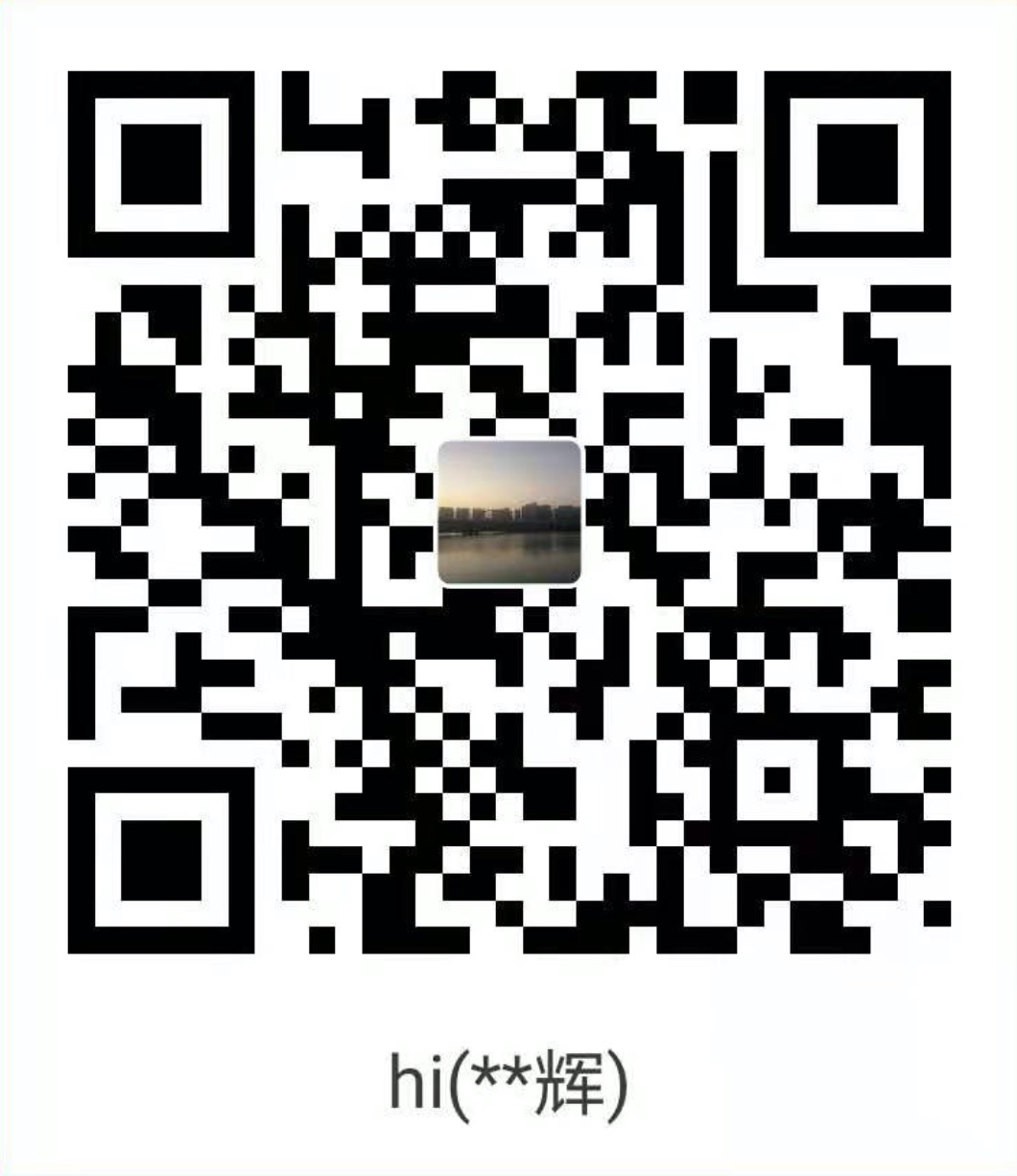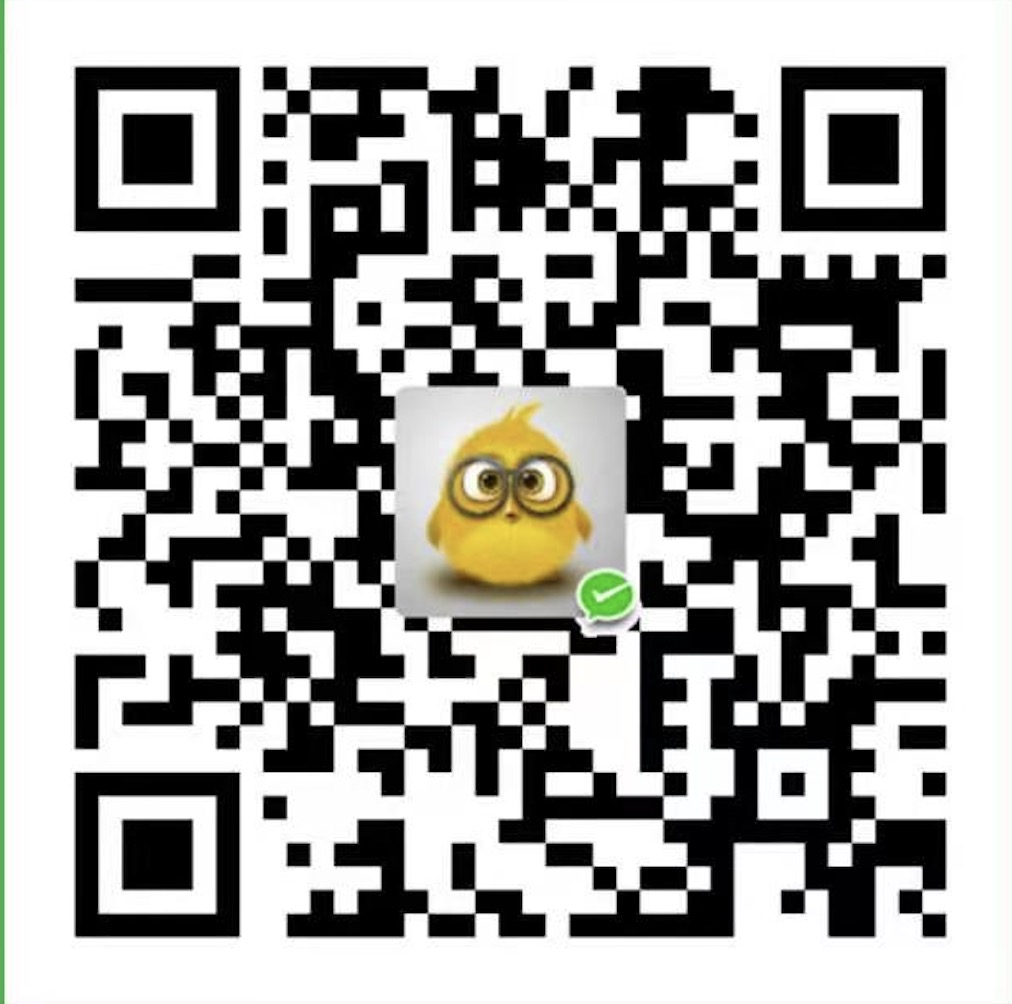简介
View的事件传递的源码解析
我们就从Activity的中的下面的来触发,方法都为public的,说明是给别人调用的,我们就从这里出发
public boolean dispatchTouchEvent(MotionEvent ev) {
if (ev.getAction() == MotionEvent.ACTION_DOWN) {
onUserInteraction();
}
if (getWindow().superDispatchTouchEvent(ev)) {
return true;
}
return onTouchEvent(ev); 所以如果getWindow().superDispatchTouchEvent(ev)中有返回true的话,就不会执行到Activity中的onTouch事件
}
要注意这边的getWindow()获取到的是phoneWindow的实例,只有一个孩子就是phoneWindow,所以就会调用到里面的superDispatchTouchEvent(ev)
@Override
public boolean superDispatchTouchEvent(MotionEvent event) {
return mDecor.superDispatchTouchEvent(event); 这里的mDecor为 DecorView,所以就会执行到对应的方法里面
}
DecorView不做任何的处理,他是继承了FrameLayout的,FameLayout也不做处理,就到了ViewGroup里面了
public boolean superDispatchTrackballEvent(MotionEvent event) {
return super.dispatchTrackballEvent(event);
}
ViewGroup中的实现为
@Override
public boolean dispatchTouchEvent(MotionEvent ev) {
判断是否有其他的输入设备,比如手写笔
if (mInputEventConsistencyVerifier != null) {
mInputEventConsistencyVerifier.onTouchEvent(ev, 1);
}
// If the event targets the accessibility focused view and this is it, start
// normal event dispatch. Maybe a descendant is what will handle the click.
判断是否开启了Accessibility,残疾人服务
if (ev.isTargetAccessibilityFocus() && isAccessibilityFocusedViewOrHost()) {
ev.setTargetAccessibilityFocus(false);
}
/** 第一步:对于ACTION_DOWN进行处理(Handle an initial down)
因为ACTION_DOWN是一系列事件的开端,当是ACTION_DOWN时进行一些初始化操作.
从源码的注释也可以看出来:清除以往的Touch状态(state)开始新的手势(gesture)
cancelAndClearTouchTargets(ev)中有一个非常重要的操作:
将mFirstTouchTarget设置为null!!!! mFirstTouchTarget = null;
随后在resetTouchState()中重置Touch状态标识
* */
boolean handled = false;
if (onFilterTouchEventForSecurity(ev)) { 检查手势的安全,一般都为true
final int action = ev.getAction();
final int actionMasked = action & MotionEvent.ACTION_MASK;
// Handle an initial down.
if (actionMasked == MotionEvent.ACTION_DOWN) {
// Throw away all previous state when starting a new touch gesture.
// The framework may have dropped the up or cancel event for the previous gesture
// due to an app switch, ANR, or some other state change.
cancelAndClearTouchTargets(ev); mFirstTouchTarget = null;
resetTouchState();
}
Check for interception. 是否拦截
* 第二步:检查是否要拦截(Check for interception)
* 在dispatchTouchEvent(MotionEventev)这段代码中
* 使用变量intercepted来标记ViewGroup是否拦截Touch事件的传递.
* 该变量在后续代码中起着很重要的作用.
* 拦截 intercepted =true
*/
// Check for interception.
final boolean intercepted;
if (actionMasked == MotionEvent.ACTION_DOW || mFirstTouchTarget != null) {
下面的这个设置是我们在代码中getParent().requestDisallowInterceptTouchEvent(true);中有这样的实现
if (disallowIntercept) {mGroupFlags |= FLAG_DISALLOW_INTERCEPT;} else { mGroupFlags &= ~FLAG_DISALLOW_INTERCEPT;},所以下面的就是用来检查是否有设置拦截的
final boolean disallowIntercept = (mGroupFlags & FLAG_DISALLOW_INTERCEPT) != 0;
如果不设置的话,默认都为false的
if (!disallowIntercept) {
intercepted = onInterceptTouchEvent(ev); 就会回调执行到decorView中的这个方法,默认为false的
当然如果这个为true的话,代表拦截
ev.setAction(action); // restore action in case it was changed
} else {
intercepted = false;
}
} else {
// There are no touch targets and this action is not an initial down
// so this view group continues to intercept touches.
intercepted = true;
}
// If intercepted, start normal event dispatch. Also if there is already
// a view that is handling the gesture, do normal event dispatch.
if (intercepted || mFirstTouchTarget != null) { 如果当前是拦截了或者mFirstTouchTarget != null
ev.setTargetAccessibilityFocus(false);
}
/**
* 第三步:检查cancel(Check for cancelation)
*
*/
// Check for cancelation. 得到这个事件是否被取消了
final boolean canceled = resetCancelNextUpFlag(this) || actionMasked == MotionEvent.ACTION_CANCEL;
// Update list of touch targets for pointer down, if needed.
final boolean split = (mGroupFlags & FLAG_SPLIT_MOTION_EVENTS) != 0;
TouchTarget newTouchTarget = null;
boolean alreadyDispatchedToNewTouchTarget = false;
如果当前的事件没有被取消,并且没有被拦截的话
/**
* 第四步:事件分发(Update list of touch targets for pointer down, if needed)
*/
不是ACTION_CANCEL并且ViewGroup的拦截标志位intercepted为false(不拦截)
if (!canceled && !intercepted) {
// If the event is targeting accessiiblity focus we give it to the
// view that has accessibility focus and if it does not handle it
// we clear the flag and dispatch the event to all children as usual.
// We are looking up the accessibility focused host to avoid keeping
// state since these events are very rare.
View childWithAccessibilityFocus = ev.isTargetAccessibilityFocus()
? findChildWithAccessibilityFocus() : null;
第二次 move 触发时 压根就不会遍历子控件
if (actionMasked == MotionEvent.ACTION_DOWN
|| (split && actionMasked == MotionEvent.ACTION_POINTER_DOWN)
|| actionMasked == MotionEvent.ACTION_HOVER_MOVE) {
final int actionIndex = ev.getActionIndex(); // always 0 for down
final int idBitsToAssign = split ? 1 << ev.getPointerId(actionIndex)
: TouchTarget.ALL_POINTER_IDS;
// Clean up earlier touch targets for this pointer id in case they
// have become out of sync.
removePointersFromTouchTargets(idBitsToAssign);
得到当前孩子的个数
final int childrenCount = mChildrenCount;
如果当前没有的newTouchTarget 为空,并且 孩子的个数不为0,默认开始的时候,newTouchTarger为空
if (newTouchTarget == null && childrenCount != 0) {
获取到按下的坐标点
final float x = ev.getX(actionIndex);
final float y = ev.getY(actionIndex);
// Find a child that can receive the event.
// Scan children from front to back.
重排序 根据绘制的先后顺序重新的排序,后面绘制的一般排在前面
final ArrayList<View> preorderedList = buildTouchDispatchChildList();
是否是自己排序,默认为false
final boolean customOrder = preorderedList == null && isChildrenDrawingOrderEnabled();
final View[] children = mChildren;
事件分发down遍历子控件的过程
for (int i = childrenCount - 1; i >= 0; i--) {
从上面排序后的集合里面得到索引
final int childIndex = getAndVerifyPreorderedIndex(
childrenCount, i, customOrder);
在从上面排序后的集合里面得到孩子的view
final View child = getAndVerifyPreorderedView(
preorderedList, children, childIndex);
// If there is a view that has accessibility focus we want it
// to get the event first and if not handled we will perform a
// normal dispatch. We may do a double iteration but this is
// safer given the timeframe.
if (childWithAccessibilityFocus != null) {
if (childWithAccessibilityFocus != child) {
continue;
}
childWithAccessibilityFocus = null;
i = childrenCount - 1;
}
/**
*判断不能被接受的View clickable Invisiable 点击事件不在 view范围内
* 正在动画
*
* child 2
*
* child 1
*/
if (!canViewReceivePointerEvents(child)
|| !isTransformedTouchPointInView(x, y, child, null)) {
跳过当前的子view
ev.setTargetAccessibilityFocus(false);
continue;
}
如果没有往里面赋值的话,得到的都为null,因为一开始还没有初始话
newTouchTarget = getTouchTarget(child);//for (TouchTarget target = mFirstTouchTarget; target != null; target = target.next))
if (newTouchTarget != null) {
// Child is already receiving touch within its bounds.
// Give it the new pointer in addition to the ones it is handling.
newTouchTarget.pointerIdBits |= idBitsToAssign;
break;
}
resetCancelNextUpFlag(child);
如果当前的子View已经消耗掉了当前的事件,就会执行里面的方法
if (dispatchTransformedTouchEvent(ev, false, child, idBitsToAssign)) {
// Child wants to receive touch within its bounds.
mLastTouchDownTime = ev.getDownTime();
if (preorderedList != null) {
// childIndex points into presorted list, find original index
for (int j = 0; j < childrenCount; j++) {
if (children[childIndex] == mChildren[j]) {
mLastTouchDownIndex = j;
break;
}
}
} else {
mLastTouchDownIndex = childIndex;
}
mLastTouchDownX = ev.getX();
mLastTouchDownY = ev.getY();
能进里面来说明找到了能消耗当前事件的child View,就会给mFirstTarget赋值 mFirstTouchTarget = target;
newTouchTarget = addTouchTarget(child, idBitsToAssign);
alreadyDispatchedToNewTouchTarget = true;
找到一个之后就没有必要再往下找了
break;
}
// The accessibility focus didn't handle the event, so clear
// the flag and do a normal dispatch to all children.
ev.setTargetAccessibilityFocus(false);
}
if (preorderedList != null) preorderedList.clear();
}
如果mFirstTouchTarget != null,代表当前已经找到了可以消耗这个事件的childView
if (newTouchTarget == null && mFirstTouchTarget != null) {
// Did not find a child to receive the event.
// Assign the pointer to the least recently added target.
newTouchTarget = mFirstTouchTarget;
while (newTouchTarget.next != null) {
newTouchTarget = newTouchTarget.next;
}
newTouchTarget.pointerIdBits |= idBitsToAssign;
}
}
}
第二次move事件触发的时候,上面的变量子控件,获取到可以消耗事件的代码根本不会执行,直接的将当前的事件传递给有需要的子View
// Dispatch to touch targets.
if (mFirstTouchTarget == null) { 如果上面的拦截事件返回了true,这个mFirstTouchTarget,默认开始的时候都是为null的,所以就会执行进来
// No touch targets so treat this as an ordinary view.
handled = dispatchTransformedTouchEvent(ev, canceled, null,TouchTarget.ALL_POINTER_IDS);
} else {
// Dispatch to touch targets, excluding the new touch target if we already
// dispatched to it. Cancel touch targets if necessary.
TouchTarget predecessor = null;
TouchTarget target = mFirstTouchTarget; 所以如果没有找到可以消耗的childView的时候,这个就为空
,同时alreadyDispatchedToNewTouchTarget 为true,所以下面的只有在找到的时候执行
while (target != null) {
final TouchTarget next = target.next;
if (alreadyDispatchedToNewTouchTarget && target == newTouchTarget) {
handled = true;
} else {
final boolean cancelChild = resetCancelNextUpFlag(target.child)
|| intercepted;
touchMove事件调用的时候,因为在TouchDown的时候就已经可以确定了可以消耗当前事件的View,所以这边直接传递执行下面的方法
如果里面的孩子在执行获取到这个事件的时候,如果有消耗掉的话,就会返回true
if (dispatchTransformedTouchEvent(ev, cancelChild,target.child, target.pointerIdBits)) {
handled = true;
}
if (cancelChild) {
if (predecessor == null) {
mFirstTouchTarget = next;
} else {
predecessor.next = next;
}
target.recycle();
target = next;
continue;
}
}
predecessor = target;
target = next;
}
}
// Update list of touch targets for pointer up or cancel, if needed.
if (canceled
|| actionMasked == MotionEvent.ACTION_UP
|| actionMasked == MotionEvent.ACTION_HOVER_MOVE) {
resetTouchState();
} else if (split && actionMasked == MotionEvent.ACTION_POINTER_UP) {
final int actionIndex = ev.getActionIndex();
final int idBitsToRemove = 1 << ev.getPointerId(actionIndex);
removePointersFromTouchTargets(idBitsToRemove);
}
}
if (!handled && mInputEventConsistencyVerifier != null) {
mInputEventConsistencyVerifier.onUnhandledEvent(ev, 1);
}
return handled; 最终返回的是有没有消耗掉这个事件
}
事件拦截处理 ,第三个参数如果为null的话,代表这个事件是给自己使用,被拦截了,如果不为null,要传递给子类
/**
* Transforms a motion event into the coordinate space of a particular child view,
* filters out irrelevant pointer ids, and overrides its action if necessary.
* If child is null, assumes the MotionEvent will be sent to this ViewGroup instead.
*/
private boolean dispatchTransformedTouchEvent(MotionEvent event, boolean cancel,View child, int desiredPointerIdBits) {
final boolean handled;
// Canceling motions is a special case. We don't need to perform any transformations
// or filtering. The important part is the action, not the contents.
final int oldAction = event.getAction();
if (cancel || oldAction == MotionEvent.ACTION_CANCEL) { 判断当前的事件是否被取消了
event.setAction(MotionEvent.ACTION_CANCEL);
if (child == null) {
handled = super.dispatchTouchEvent(event);
} else {
handled = child.dispatchTouchEvent(event);
}
event.setAction(oldAction);
return handled;
}
// Calculate the number of pointers to deliver.
final int oldPointerIdBits = event.getPointerIdBits();
final int newPointerIdBits = oldPointerIdBits & desiredPointerIdBits;
// If for some reason we ended up in an inconsistent state where it looks like we
// might produce a motion event with no pointers in it, then drop the event.
if (newPointerIdBits == 0) {
return false;
}
// If the number of pointers is the same and we don't need to perform any fancy
// irreversible transformations, then we can reuse the motion event for this
// dispatch as long as we are careful to revert any changes we make.
// Otherwise we need to make a copy.
final MotionEvent transformedEvent;
if (newPointerIdBits == oldPointerIdBits) 判断是否有新手指
{
if (child == null || child.hasIdentityMatrix()) {
if (child == null) {
handled = super.dispatchTouchEvent(event);
} else {
final float offsetX = mScrollX - child.mLeft;
final float offsetY = mScrollY - child.mTop;
event.offsetLocation(offsetX, offsetY);
handled = child.dispatchTouchEvent(event);
event.offsetLocation(-offsetX, -offsetY);
}
return handled;
}
transformedEvent = MotionEvent.obtain(event);
} else {
transformedEvent = event.split(newPointerIdBits);
}
// Perform any necessary transformations and dispatch.
if (child == null) { 如果事件拦截返回的为true,传递的child就为null,这里的super为View,所以就会执行到对应的方法
handled = super.dispatchTouchEvent(transformedEvent);
} else {
final float offsetX = mScrollX - child.mLeft;
final float offsetY = mScrollY - child.mTop;
transformedEvent.offsetLocation(offsetX, offsetY);
if (! child.hasIdentityMatrix()) {
transformedEvent.transform(child.getInverseMatrix());
}
当传递的child不为空的时候,就调用到了child的方法,当然如果当前的child就为一个简单的view,就调用到View中对应的这个方法,
去判断是否有给当前的这个child设置onTouchListener,是否是返回true,如果返回true的时候,就不能执行到onTouchEvent方法,点击事件就会失灵等,
如果当前的child为ViewGroup的话,就会跳到对应的方法,比如ViewGroup,然后ViewGroup中循环遍历起来
handled = child.dispatchTouchEvent(transformedEvent);
}
// Done.
transformedEvent.recycle();
return handled; 根据上面返回的结果,true代表被消耗了,false代表没有被消耗
}
下面的方法为View中的方法在 handled = super.dispatchTouchEvent(transformedEvent);触发
/*
* Pass the touch screen motion event down to the target view, or this
* view if it is the target.
*
* @param event The motion event to be dispatched.
* @return True if the event was handled by the view, false otherwise.
*/
public boolean dispatchTouchEvent(MotionEvent event) {
// If the event should be handled by accessibility focus first.
if (event.isTargetAccessibilityFocus()) { 检查是否开启了残疾辅助功能
// We don't have focus or no virtual descendant has it, do not handle the event.
if (!isAccessibilityFocusedViewOrHost()) {
return false;
}
// We have focus and got the event, then use normal event dispatch.
event.setTargetAccessibilityFocus(false);
}
boolean result = false;
检查是否有其他的输入设备,比如手写笔
if (mInputEventConsistencyVerifier != null) {
mInputEventConsistencyVerifier.onTouchEvent(event, 0);
}
final int actionMasked = event.getActionMasked();
if (actionMasked == MotionEvent.ACTION_DOWN) {
// Defensive cleanup for new gesture
stopNestedScroll();
}
if (onFilterTouchEventForSecurity(event)) {
if ((mViewFlags & ENABLED_MASK) == ENABLED && handleScrollBarDragging(event)) {
result = true;
}
//noinspection SimplifiableIfStatement
ListenerInfo li = mListenerInfo;
if (li != null && li.mOnTouchListener != null
&& (mViewFlags & ENABLED_MASK) == ENABLED
&& li.mOnTouchListener.onTouch(this, event)) { 如果当前的view有设置onTouch事件,并且返回了tue的话,自己的onTouchEvent()就不会被执行到
result = true;
}
if (!result && onTouchEvent(event)) {如果上面没有设置touchListener的话,设置了没有返回true的话,就会执行到自己的onTouchEvent方法
result = true;
}
}
if (!result && mInputEventConsistencyVerifier != null) {
mInputEventConsistencyVerifier.onUnhandledEvent(event, 0);
}
// Clean up after nested scrolls if this is the end of a gesture;
// also cancel it if we tried an ACTION_DOWN but we didn't want the rest
// of the gesture.
if (actionMasked == MotionEvent.ACTION_UP ||
actionMasked == MotionEvent.ACTION_CANCEL ||
(actionMasked == MotionEvent.ACTION_DOWN && !result)) {
stopNestedScroll();
}
return result;
}
boolean isAccessibilityFocusedViewOrHost() {
return isAccessibilityFocused() || (getViewRootImpl() != null && getViewRootImpl()
.getAccessibilityFocusedHost() == this);
}
/**
* Returns true if a child view contains the specified point when transformed
* into its coordinate space.
* Child must not be null.
* @hide
*/
protected boolean isTransformedTouchPointInView(float x, float y, View child,
PointF outLocalPoint) {
final float[] point = getTempPoint();
point[0] = x;
point[1] = y;
transformPointToViewLocal(point, child);
final boolean isInView = child.pointInView(point[0], point[1]);
if (isInView && outLocalPoint != null) {
outLocalPoint.set(point[0], point[1]);
}
return isInView;
}
/**
* @hide
*/
public void transformPointToViewLocal(float[] point, View child) {
这个就是为什么我们通过view.getTop()等获取到的是相对于父view的距离
point[0] += mScrollX - child.mLeft;
point[1] += mScrollY - child.mTop;
if (!child.hasIdentityMatrix()) {
child.getInverseMatrix().mapPoints(point);
}
}



